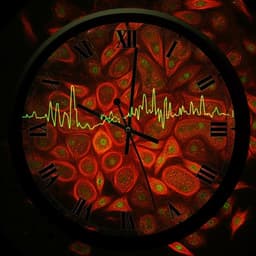
Psychology
Computational models of category-selective brain regions enable high-throughput tests of selectivity
N. A. R. Murty, P. Bashivan, et al.
Discover groundbreaking research by N. Apurva Ratan Murty, Pouya Bashivan, and colleagues as they unveil artificial neural network-based encoding models that predict brain responses to images with unprecedented accuracy, validating domain-specific theories in human cognition. This innovative approach enhances our understanding of how we perceive faces, places, and bodies, paving the way for future explorations in cognitive neuroscience.
Playback language: English
Related Publications
Explore these studies to deepen your understanding of the subject.







